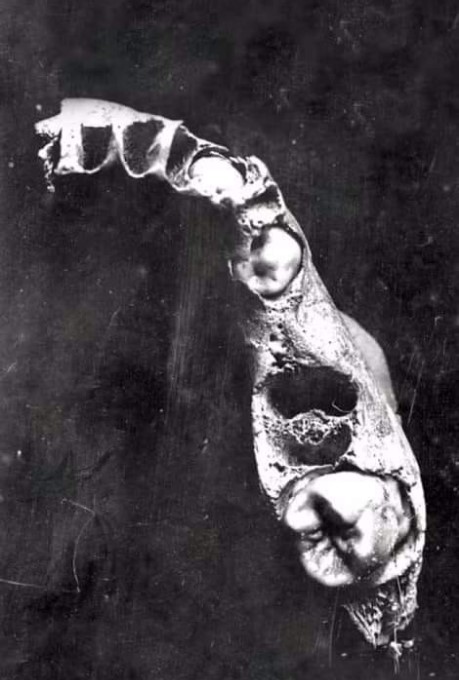Imagine the shocking discovery of two small skeletons hidden beneath a staircase in the Tower of London—a finding that has sparked intrigue and debate for centuries. In 1674, workers unearthed these remains, believed to belong to Edward V and his younger brother, Richard, Duke of York, infamously known as the “Princes in the Tower.”
The young boys vanished in 1483 during the turbulent period of the Wars of the Roses. Almost two centuries later, while undertaking restoration work ordered by King Charles II, laborers found the skeletons inside a wooden box, about ten feet underground, close to the White Tower. John Knight, the king’s chief surgeon, examined the bones and determined that they corresponded to the ages of the lost princes. At first, the skeletons were exhibited to the public but were later reburied in Westminster Abbey at Charles II’s request.

Fast forward to 1933, when the remains were exhumed for forensic analysis, which indicated that they belonged to two boys approximately ten and twelve years old. One of the skulls displayed markings that some experts suggested pointed to suffocation, lending support to historical theories surrounding the alleged murders of the princes.
However, recent investigations have called these findings into question. In 2018, historian Dr. John Ashdown-Hill discovered mitochondrial DNA linked to the princes, raising the possibility that DNA testing could definitively establish the identities of the remains at Westminster Abbey. This revelation has reignited interest in conducting contemporary DNA analysis to solve this ancient mystery once and for all.

Adding to the complexity, historian Professor Tim Thornton found evidence tying Sir James Tyrell, a possible killer of the princes, to their suspected jewelry.
This information bolsters the theory that their uncle, Richard III, may have played a role in their deaths, further fueling the ongoing debate about the identities of the remains and the fate of the young princes.
The discussion surrounding the potential for DNA testing on the remains remains heated, with historians and the public deeply divided. While some view the exhumation of the remains of two children as a violation of respect, others argue that modern scientific methods might finally provide answers to one of England’s most enduring historical mysteries. As of December 2024, King Charles has reportedly expressed a willingness to entertain such an investigation, pending approval from the Dean of Westminster.
